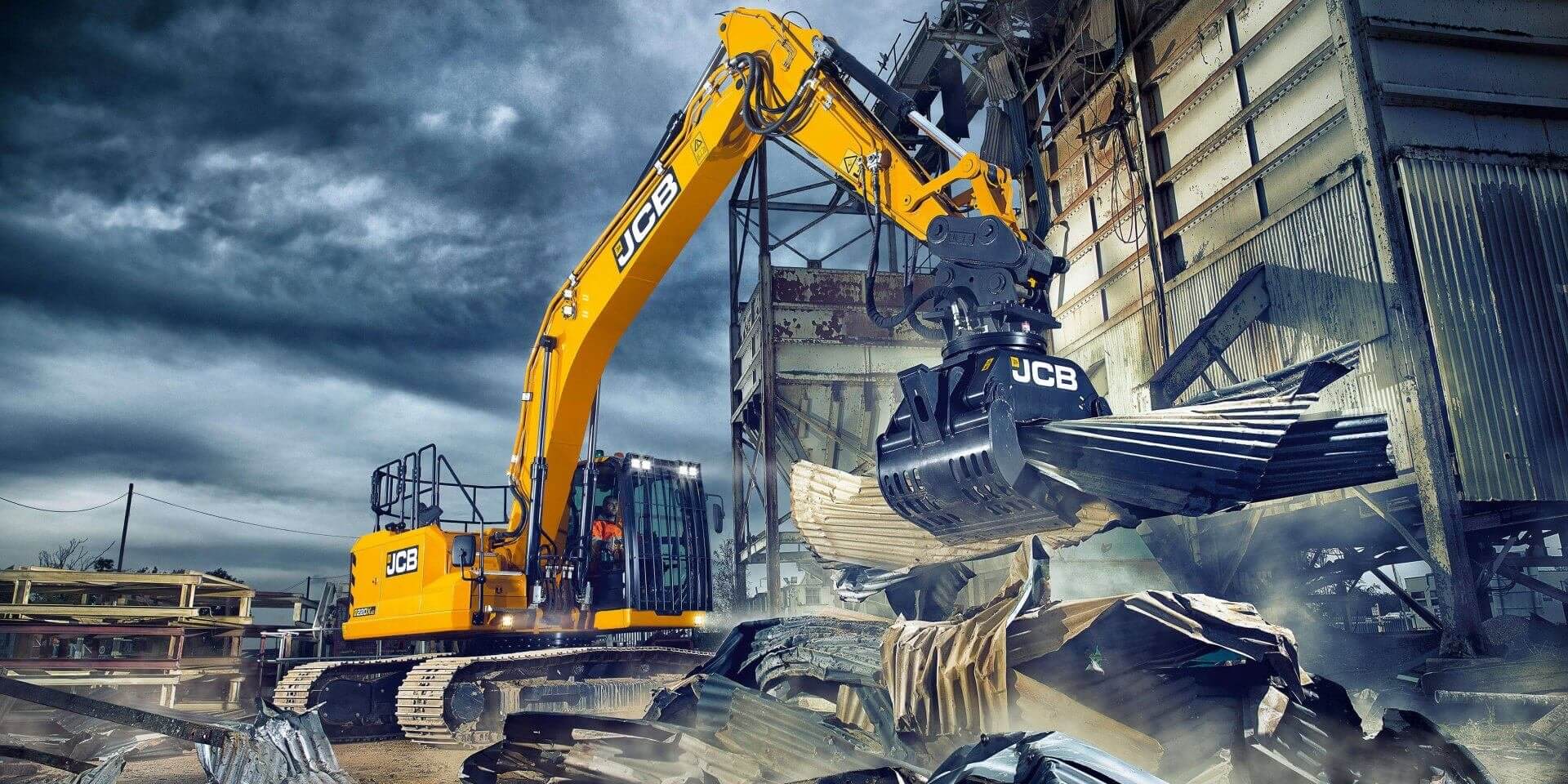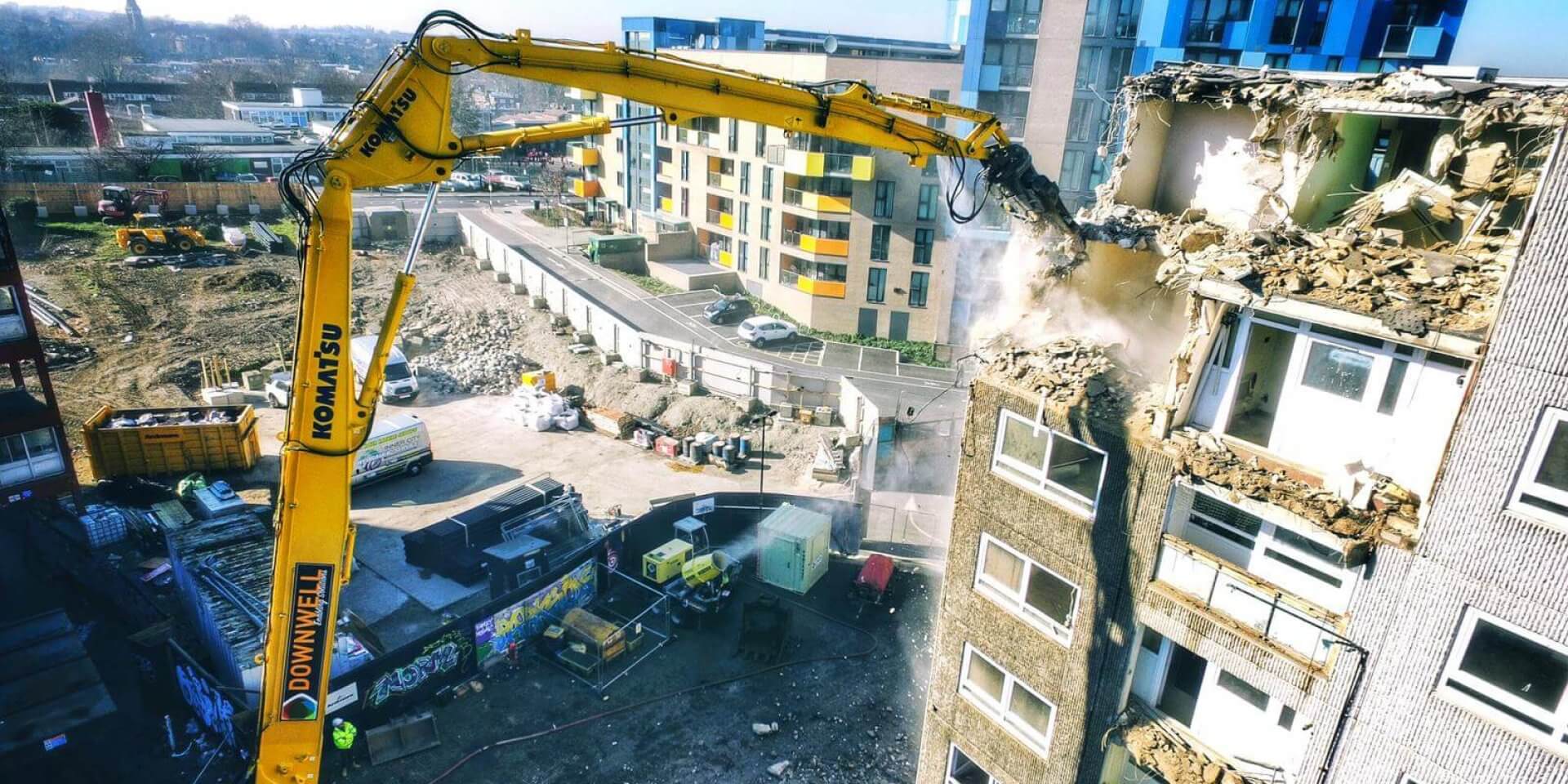Seeking rock-bottom prices, clients entrust demolition to non-professional companies.
In the past few days, Demolition News has heard talk of demolition contracts, some of them major in nature, being let to building, construction and even landscaping companies. Setting aside the fact that this is stealing work and much-needed money from the pockets of legitimate demolition contractors who have rightly invested in the right equipment and the correct training, the fact that clients are willing to allow (even encourage) unqualified and unprofessional contractors to try their hand at highly demanding and complex, technical work simply beggars belief.
And we’re not the only ones that have noted this worrying trend. In an excellent post (in a highly readable blog) Terrence O’Rourke of US contractor Champion Environmental Services, Inc makes the following statement:
“…public bids are attracting many companies who express little credibility as a demolition contractor. Everything from landscape companies to remodeling firms and local residents who may possess a piece or two of equipment are bidding demolition work. The diversity of those who tender proposals reflects that business owners are attempting to diversify and/or make use of available equipment/personnel in order to keep business going. The downside is that local entities who fail to scrutinize the capabilities of contractors are placing unqualified workers in dangerous situations…”
Trade bodies such as the US’ National Demolition Association, the UK’s National Federation of Demolition Contractors, and the broader European Demolition Association have worked tirelessly over the years to encourage and cajole clients and developers to use only qualified, competent demolition companies to carry out this potentially dangerous work. But in the face of a global credit crunch, any such commitments from clients and developers have, in many cases, vanished faster than a teenager’s pocket money.
My question, therefore, is: What can be done to combat the influx of unqualified companies into this business?
I look forward to reading your thoughts in the Comments area (below).












